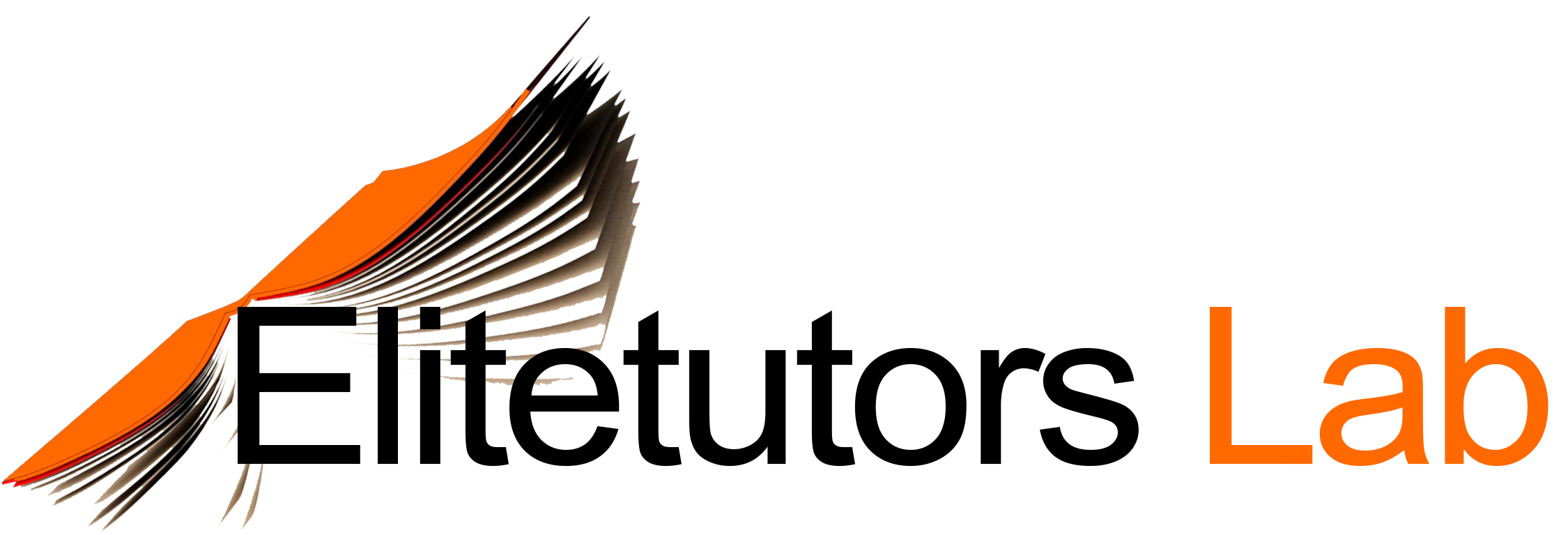Description
Estimated Length: 6-7 pages, typed, double-spaced, plus tables/graphs (needs tables and graphs) Your second paper assignment involves analyzing media coverage of social movements. Media are important for several reasons: • News coverage is a major source of information about protest and social movements • Media can play an important role in broadcasting the activities and messages of activists • Media are selective (biased) in whether and how they cover movements, so it’s important to understand the sources of media bias. For this assignment, you will develop a research question about media and social movements, collect media coverage of one or more movements, analyze that coverage, and interpret the data you collect to answer your research question. Research Question First, you need to decide what question you want to answer. Your question should be manageable and relate to general questions about the relationship between movements and media. Here are several examples of possible questions: (1) How does the news media cover opposing movements? Specifically, how does media coverage of pro-life and pro-choice movement events differ? (2) How does media coverage of the same movement differ depending on the political orientation of the newspaper? In what ways did liberal and conservative newspapers cover Black Lives Matter similarly and in what ways differently? (3) How do national and local news sources differ in their coverage of a protest event? How did different newspapers cover protests about social distancing and masks? There are many other possible examples, and I am happy to brainstorm possible research questions with you. You will submit a research question and description of your research plan by Oct 26. Collecting Media Data Once you’ve identified a research question, you need to collect some data. For this assignment, you must collect a minimum of twenty articles. . How will you select articles? There are a number of possibilities. You can use a purposive or random sampling strategy. Measurement and Analysis of the Media You will want to measure relevant characteristics for answering your research question. This will likely include “hard news” such as the size, location, and types of tactics and “soft news” such as the purpose and goals. In fact, you will likely want to measure abstract concepts like “standing” (does 2 the media treat the movement as a legitimate actor) or “preferred framing” (does the media present the claims and goals of the movement). What indicators will you use? In developing your measures, you should pay attention to whether you can develop accurate measures (validity) and measure characteristics consistently (reliability) – two concepts that we will discuss in class. Presenting Your Data The data you collect will be both quantitative and qualitative, and you should present both in your paper. Quantitative information is anything that can be expressed in numbers, so, hypothetically, you may find that 80% of the articles about the pro-choice movement quote a leader of that movement, but only 55% of the articles about the pro-life movement include leader quotes. Qualitative information would include any text from the articles that you present to illustrate characteristics of the media coverage. Research Collaboration You may choose to work with another student for the collection and coding of media data. If so, you would be responsible for a total of forty articles. This would help you develop stronger measures and could be more fun. Each person would still need to develop their own analysis and final paper for the assignment. ***Writing Your Paper Your paper should take the form of a research report with the following major sections: (1) Research Question and Significance – what is your question and why is it important to answer (2) Main expectations – what did you expect to find (3) Sampling – discuss how you picked the articles, why you used this strategy, and possible limitations (4) Measures – discuss how measured important concepts such as an event’s significance, tactical disruptiveness, standing, frames, and so forth. (5) Data – present the main patterns you found (6) Summary – what did you learn, what are the possible limitations and how would you address those if you were going to expand your study in the future (7) List of the articles included in your study (with hyperlinks, if appropriate) Any quotations and references to specific information require appropriate citations to your source.
Do You Know That our Professional Writers are on Stand-by to Provide you with the Most Authentic Custom Paper. Order with us Today and Enjoy an Irresistible Discount!
